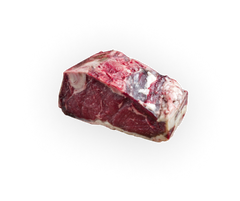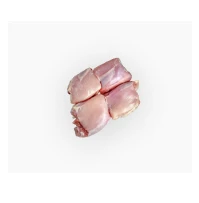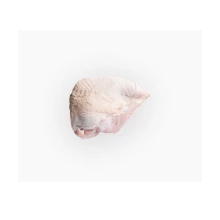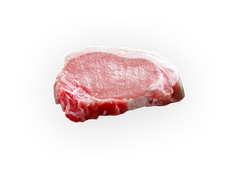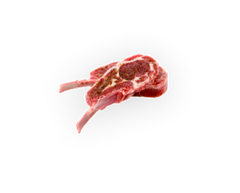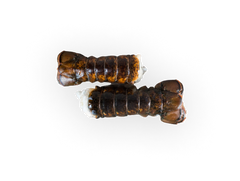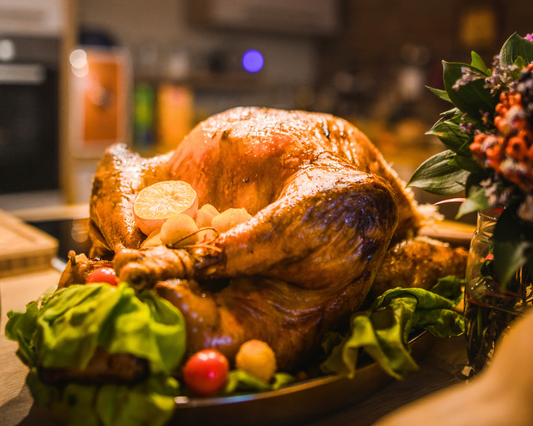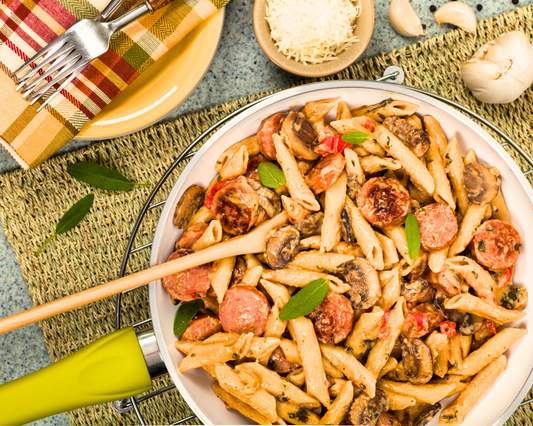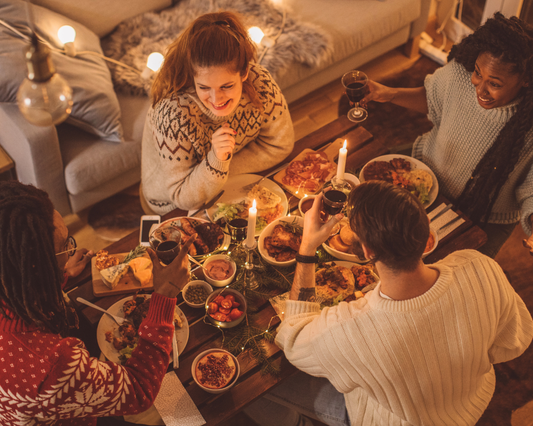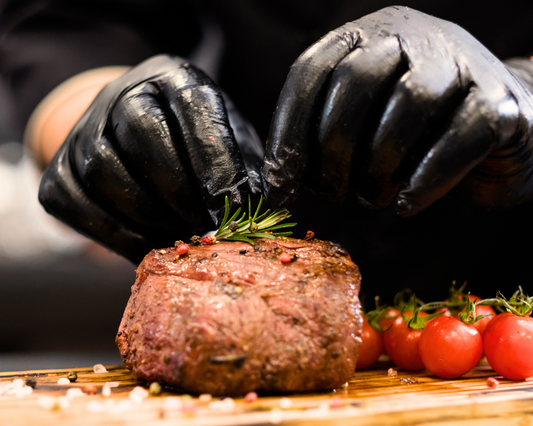Whether you're a home cook planning meals ahead of time or just organizing your freezer, you've likely wondered: Can meat be thawed and refrozen safely? The short answer is yes — but only under certain conditions. Understanding when and how it's safe to refreeze meat is essential not only for food safety but also for preserving taste and texture.
Let’s dig into the science behind thawing and refreezing meat, best practices, and when you should just toss it.
Understanding the Basics: Why This Matters
Freezing meat halts bacterial growth by lowering the temperature to below -18°C (0°F). When you thaw meat, especially at room temperature or in warm environments, that protective freezing barrier is removed. Bacteria such as Salmonella and E. coli can begin multiplying rapidly if the meat sits in the “danger zone” — temperatures between 4°C and 60°C (40°F–140°F).
Refreezing meat after it’s been improperly thawed can increase your risk of foodborne illness. However, if the thawing was done safely, the meat is usually fine to go back into the freezer.
When Is It Safe to Refreeze Meat?
The golden rule: Meat can be refrozen only if it was thawed in the refrigerator and has not reached temperatures above 4°C (40°F).
Let’s break it down further:
✅ Safe to Refreeze
-
Thawed in the fridge: If you thawed your meat in the refrigerator and kept it cold (below 4°C), it’s safe to refreeze. This applies to all kinds of meat — beef, chicken, pork, lamb, and even fish.
-
Cooked after thawing: If you thaw raw meat and then cook it, you can freeze the cooked dish. For example, thawed ground beef that you turn into spaghetti sauce can safely be frozen again.
-
Still contains ice crystals: If the meat is only partially thawed and still has visible ice crystals, it’s safe to refreeze.
❌ Not Safe to Refreeze
-
Thawed at room temperature: If you left meat on the kitchen counter or in warm water, bacteria may have already started growing. In this case, it should not be refrozen — and depending on how long it sat out, it may not even be safe to cook.
-
Thawed in the microwave or cold water bath and left sitting: These methods are quicker than the fridge, but the meat must be cooked immediately after. You can refreeze it after cooking, but not before.
-
Left out for more than 2 hours (or 1 hour above 32°C/90°F): The general food safety guideline is the “2-hour rule,” and it still applies here.
Quality vs. Safety: What Happens to the Meat?
While refreezing meat is often safe under the right conditions, the process can affect its quality.
Texture Changes
When meat is frozen, ice crystals form and expand, breaking down muscle fibres. Thawing and then refreezing leads to the formation of more crystals, damaging the texture even further. This is why some refrozen meat may feel mushy or drier when cooked.
Taste and Moisture Loss
Meat that's been frozen, thawed, and refrozen may lose some of its natural juices, which can lead to a drier finished product. Vacuum sealing or using freezer-safe airtight containers can help mitigate this loss if you're planning to refreeze meat often.
Tips for Thawing and Refreezing Meat Safely
If you want the flexibility of refreezing meat without compromising safety, follow these simple best practices:
1. Always Thaw in the Refrigerator
Thawing meat in the fridge keeps it at a safe, constant temperature. Depending on the cut and size, it can take anywhere from several hours to over a day — so plan ahead. A general guide:
-
Small cuts: 12–24 hours
-
Roasts or whole chickens: 24–48 hours
2. Use Shallow Containers for Faster Chilling
If you’ve cooked thawed meat and want to freeze the leftovers, cool them quickly using shallow containers. This ensures they spend less time in the “danger zone” before going back into the freezer.
3. Label Everything
When freezing or refreezing, label your meat with the date and contents. This helps prevent food waste and keeps you organized.
4. Don't Refreeze Multiple Times
While it may be technically safe to refreeze meat once, repeated thawing and refreezing cycles will degrade both the safety and quality. As a rule, try to limit to just one thaw–refreeze cycle.
What About Vacuum-Sealed or Store-Bought Meat?
Many people wonder if store-bought meat that was frozen and then refrigerated can go back in the freezer. Here’s what to know:
-
Vacuum-sealed meat from the grocery store is generally safe to refreeze if thawed in the fridge and still within its use-by date.
-
Pre-cooked frozen meals or meats (like frozen meatballs) can also be refrozen if kept properly refrigerated.
Always check the packaging for manufacturer instructions and dates, and when in doubt — throw it out.
Final Thoughts: When in Doubt, Play It Safe
So, can meat be thawed and refrozen? Yes, if you thawed it properly in the refrigerator and handled it safely. You can even cook it after thawing and then freeze the cooked version for later.
Just remember that while refreezing meat is often safe, it can impact taste and texture. If your goal is to preserve the best quality, try to portion raw meat before freezing so you only thaw what you plan to use.
Food safety always comes first — no meal is worth a case of food poisoning.
Quick Recap: Safe Refreezing Checklist
-
✅ Thawed in fridge = safe to refreeze
-
✅ Cooked after thawing = cooked version is safe to freeze
-
❌ Thawed at room temp = do not refreeze
-
❌ Refreezing multiple times = not recommended for quality or safety
Looking to save time and food? Try meal prepping with smaller meat portions or freezing leftovers in single-serving containers. It’ll make weeknight dinners quicker and reduce the chance of food waste.
If you’re ever unsure about a piece of meat in your fridge, remember: when in doubt, throw it out. Your stomach will thank you.
